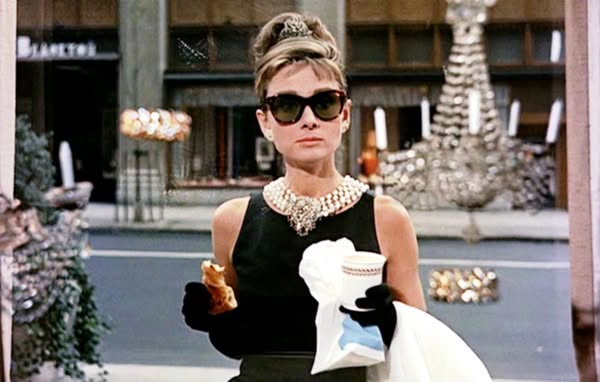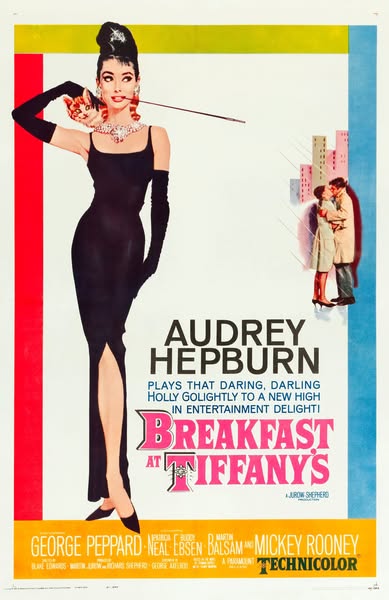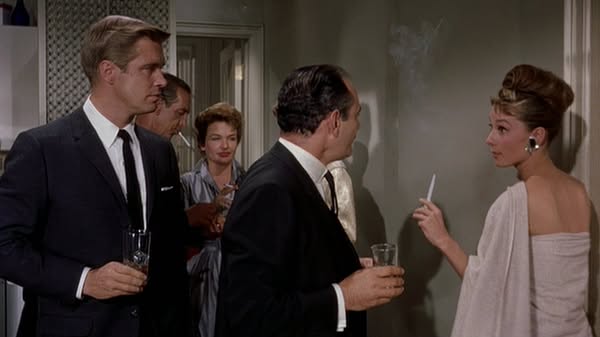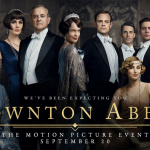Breakfast at Tiffany’s (1961)

“Breakfast at Tiffany’s,” directed by Blake Edwards and released in 1961, is a classic romantic comedy that has become an enduring symbol of style and sophistication in American cinema. Based on Truman Capote’s novella, the film stars Audrey Hepburn as the iconic Holly Golightly, a whimsical and enigmatic young woman navigating life in New York City.
The story revolves around Holly, a free-spirited socialite who spends her days shopping at Tiffany & Co. and attending glamorous parties, all while harboring a secret past. Her life takes a turn when she meets Paul Varjak, played by George Peppard, a struggling writer who has moved into her apartment building. Their relationship develops from friendship to romance, as Paul becomes intrigued by Holly’s charm and complexity.

Hepburn’s portrayal of Holly Golightly is legendary, showcasing her ability to blend vulnerability with confidence. Holly is a character who embodies the allure of the 1960s, characterized by her iconic fashion sense, particularly the little black dress and her signature hairstyle. Hepburn’s performance is both captivating and heartfelt, making Holly a beloved character in film history.
The film is also known for its memorable score, composed by Henry Mancini, particularly the classic song “Moon River,” which became synonymous with the film and won an Academy Award for Best Original Song. The music enhances the emotional depth of the story, capturing the essence of Holly’s dreams and aspirations.

“Breakfast at Tiffany’s” explores themes of love, identity, and the search for belonging. Holly’s journey reflects the struggles of finding one’s place in the world, while her relationship with Paul serves as a catalyst for growth and self-discovery. The film’s blend of humor and poignancy resonates with audiences, making it a timeless classic.
The cinematography beautifully captures the vibrant streets of New York City, with iconic locations such as Tiffany’s store and Central Park serving as backdrops for key moments in the film. The visual style, combined with Edwards’ direction, creates an atmosphere that is both glamorous and relatable.

In summary, “Breakfast at Tiffany’s” is a quintessential romantic comedy that showcases Audrey Hepburn’s unforgettable performance and the charm of 1960s New York. With its engaging story, memorable music, and iconic fashion, the film continues to be celebrated as a classic, leaving a lasting impact on popular culture.











